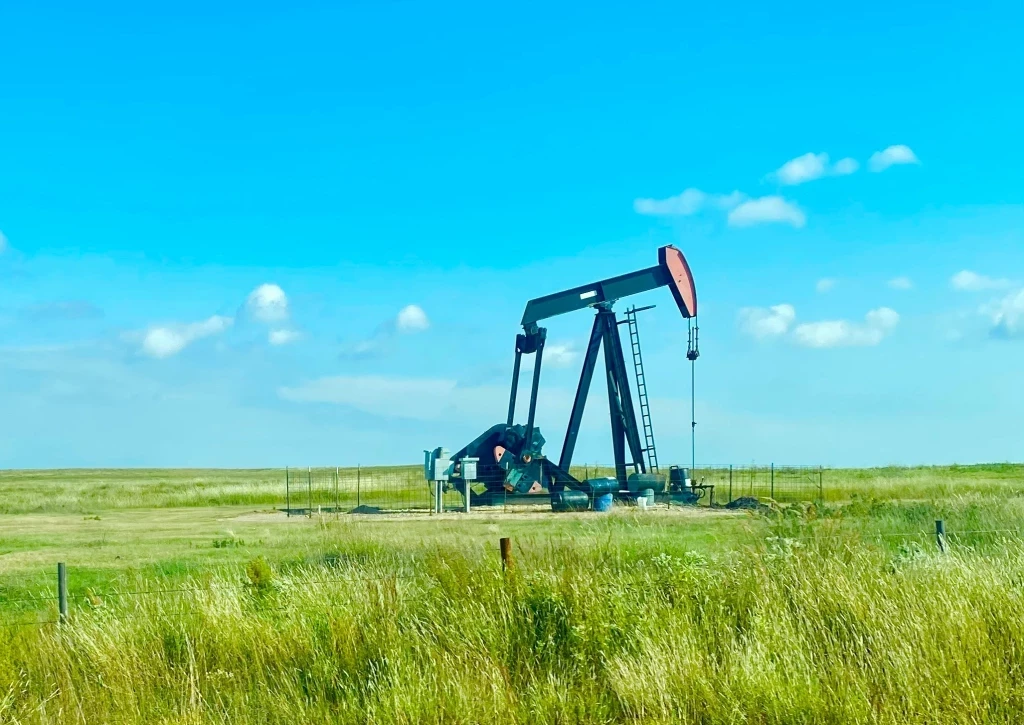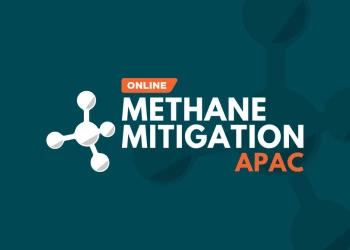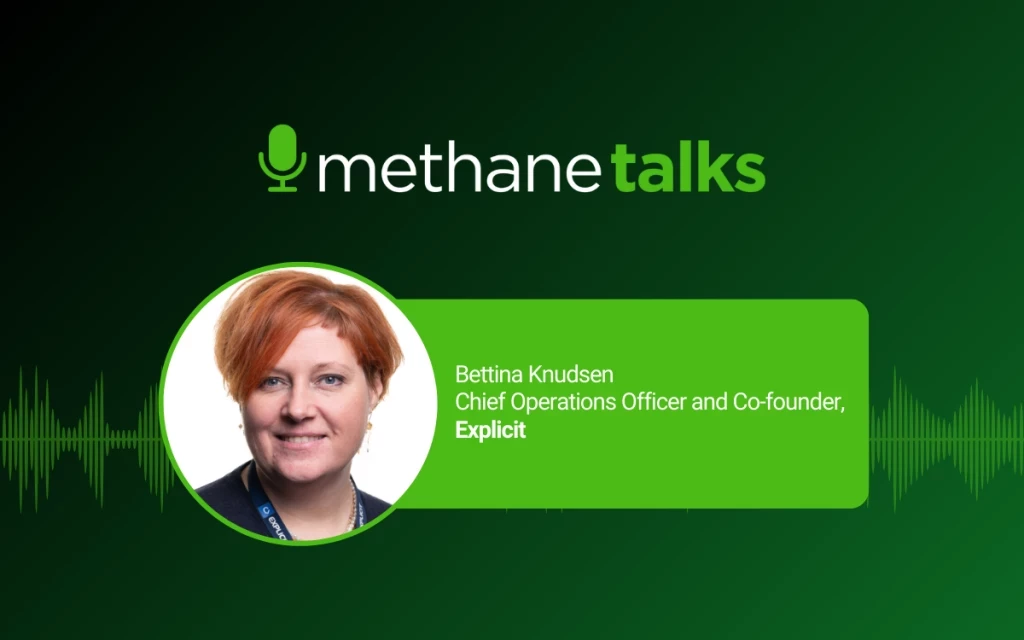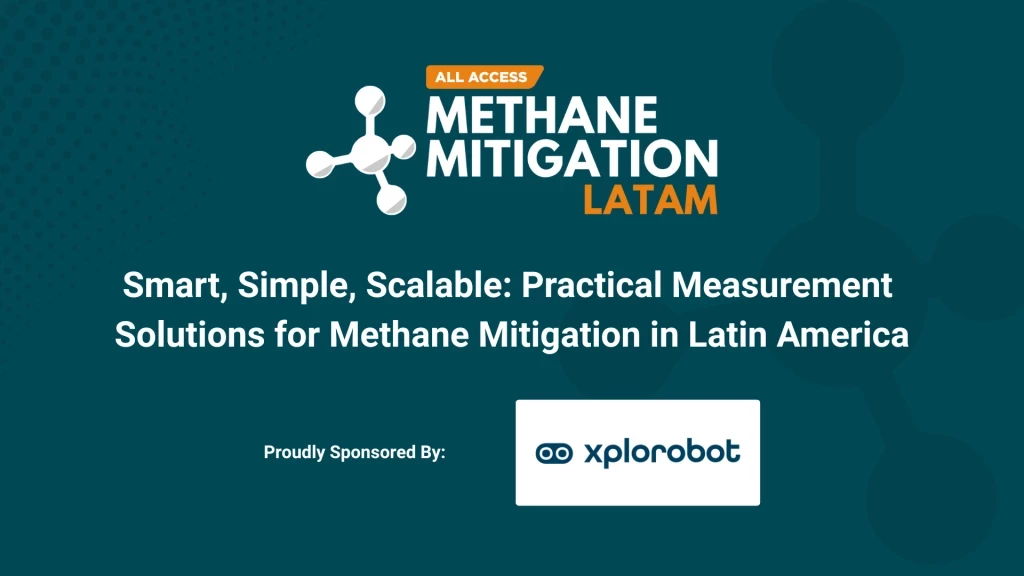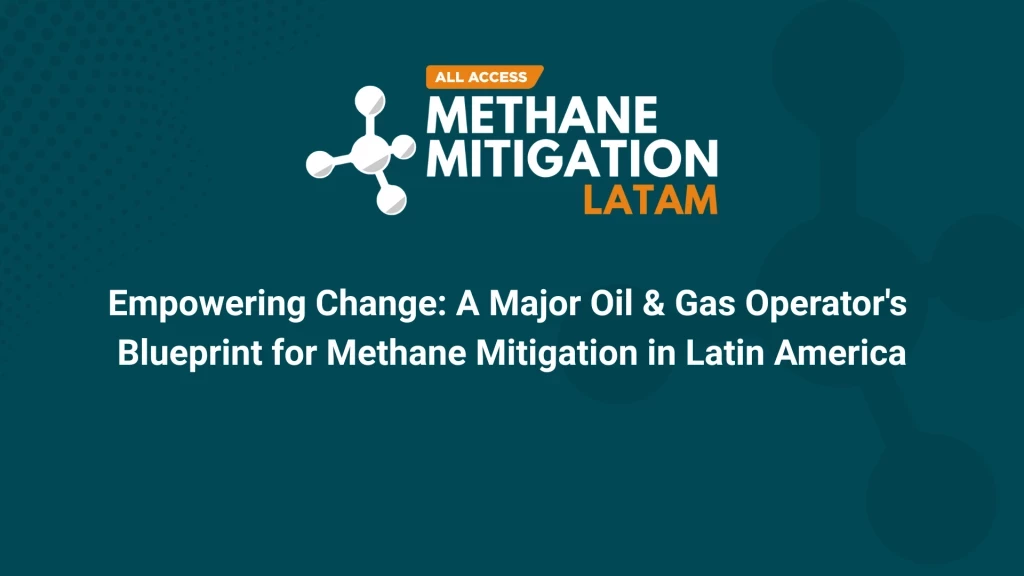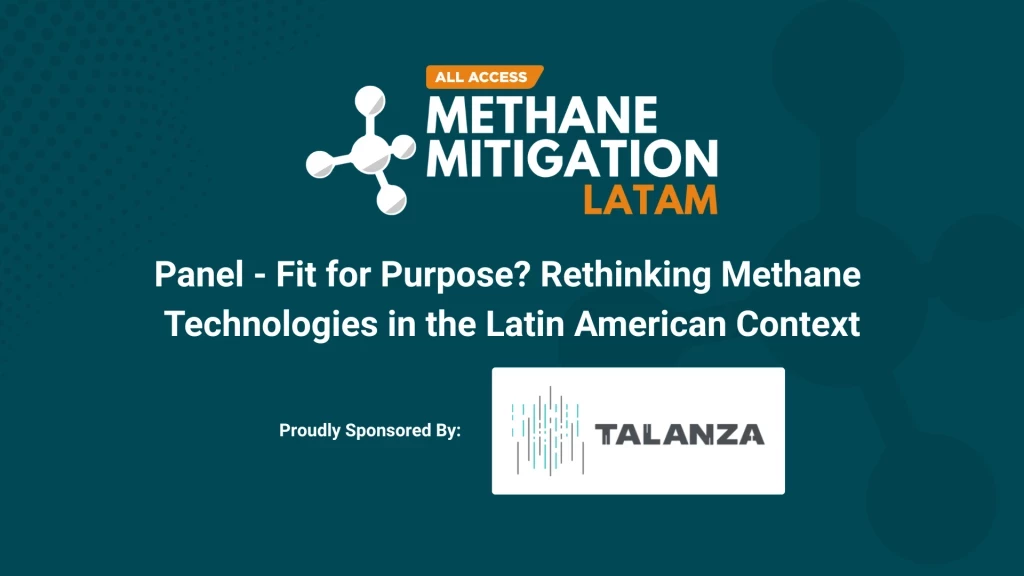Closing the Gaps: Reducing Methane Emissions at Natural Gas Compressor Stations
How operators are using advanced detection and capture technologies to address hard-to-detect methane emissions and improve safety, compliance, and efficiency at compressor stations.
Add bookmark
Methane is a powerful greenhouse gas, more than 80 times as potent as carbon dioxide in the short term. In U.S. oil and gas operations, much attention has been placed on larger leaks and flares, but some of the most significant sources are harder to detect. At compressor stations across the U.S., methane “slip,” rod-packing leaks, and blowdowns account for a large share of emissions. Compressor stations are essential for keeping natural gas moving through pipelines; however, they can also be hotspots for these harder-to-detect emission sources. Forward-thinking operators are leveraging innovative technologies and stronger methane management plans to tackle these sources before they become costly problems, highlighting how voluntary methane strategies not only secure regulatory compliance but also yield financial benefits through reduced avoidable expenses and improved site safety.
The hidden sources of methane:
At compressor stations, methane slip is the fuel gas that passes through an engine without being burned, and according to the U.S. Department of Energy, this can account for nearly half of the emissions from these sites. Slip is also not as easy to detect in the exhaust stream, meaning it often goes unmeasured, which poses a significant risk because if these leaks are left unchecked, they can potentially lead to fires, resulting in high repair costs, reduced site safety, and overall site inefficiency.
Rod packing leaks pose another quiet challenge. The seals around a compressor’s piston rod degrade under extreme pressure and mechanical stress, which can lead to pressurised gas escaping. Without targeted monitoring, emissions from worn packing rings can continue for months, accumulating into a significant source of fugitive emissions.
Finally, blowdowns, the controlled release of pressurised gas during maintenance or emergencies, are a necessary safety step but also a major emission event. The amount of methane released through blowdowns can vary, and while it is necessary to maintain site safety, there are methods that can be implemented to reduce the environmental impact of these routine procedures. For example, implementing recompression techniques into operations or recapture systems can reduce the amount of methane released into the atmosphere.
These three sources, when measured together, make up a large portion of the methane released in U.S. oil and gas operations. However, through adopting more thorough methane management plans, operators can not only reduce their impact on the environment, but they can also boost site safety and cut back on the costs associated with repairing degraded equipment and damage caused by avoidable incidents such as fires, as well as reducing downtime. These factors are driving operators to view methane management as more than just regulatory compliance, but an opportunity to realise a competitive and financial advantage.
Technologies Being Implemented:
While these emissions may seem like a significant challenge to address, given their often 'hidden' nature, operators are increasingly gaining access to technologies and systems that can help overcome these challenges. From continuous monitoring to capture systems, these emission sources are becoming easier to target, helping operators who voluntarily invest in widespread methane management to reduce their emissions, achieve financial gains and cost reductions, and vastly improve safety standards at their facilities.
Open-path lasers allow for real-time detection of methane and can identify leaks immediately, providing operators with the opportunity to react quickly. Open-path lasers are also considered safer, as they do not require proximity to potential leak sources like traditional ‘sniffer’ devices do, as open-path lasers detect methane by analysing how the laser light is absorbed by gas in the air. On top of this, Archrock has suggested that switching from handheld gas sniffer devices to open-path lasers can cut the labour time needed for compressor site leak surveys from 45 minutes to 15 minutes per compressor unit. Not only do these devices offer more accurate and faster detection of emissions, but they also improve surveying safety and labour costs through increased efficiency.
Closed vent systems also offer another opportunity for operators to reduce these emission sources while also seeing alternative benefits, beyond regulatory compliance. This equipment captures routine vented emissions from rod-packing vents and blowdowns, and routes gas back into the system. Through implementing these systems, operators can retain gas that otherwise would have been lost to the atmosphere and can now monetise this as a product, further exemplifying the business benefits that are associated with voluntary methane management.
Operators who invest in these tools and strategies will not only lower methane emissions and therefore comply with increasing international regulatory pressures such as the EU methane regulation, but could also see fewer unplanned shutdowns, improved detection speeds and efficiency, and reduced safety risks such as fires or explosions. The business case for tackling emission sources such as blowdowns or rod packing leaks is becoming increasingly apparent as more operators adopt voluntary methane management strategies to strengthen their business models.
Conclusion:
Methane slip, rod packing, and blowdowns may be less visible than a leaking valve or a flare, but their impact on the environment and site safety is still concerning. Through technology stacks, such as combining the use of smarter, more precise monitoring with open-path lasers and recapture technologies, operators are showing how cutting these ‘hidden’ emissions can drastically improve site safety, cut avoidable costs associated with repairs, and drive more efficient and sustainable operations.
This December, the Methane Mitigation America Summit will spotlight exactly how the industry is making that transition from slip to safety.








